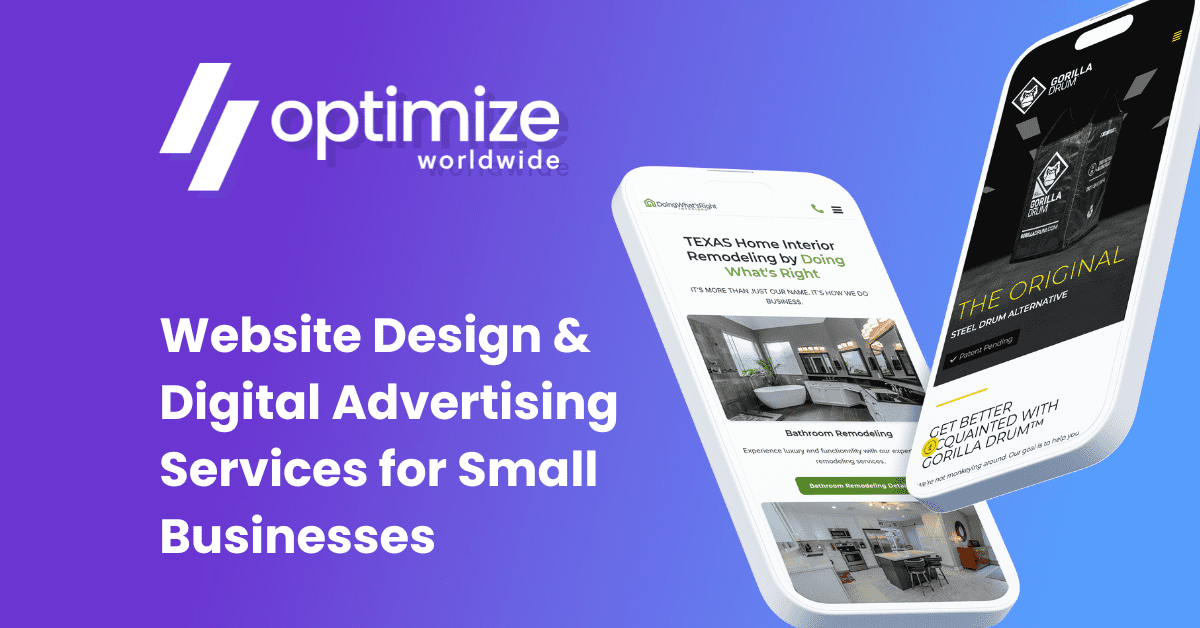For SEOs engaged in the deep trenches of link building, few things are more troublesome than optimizing anchor text. Satisfying a client’s desire to rank well for a specific keyword, while also keeping their overall link portfolio looking clean and natural is a daunting task for many in the industry.
Recent Google updates have unleashed severe penalties against sites that have over-optimized for specific anchor text. For instance, if you build hundreds of links for your SEO company with the anchor text “SEO Link Building in Denver”, there is a good chance that a red flag will be triggered by the Google crawler saying “this isn’t natural.”
For many years, anchor text played a primary role in the SERPs pages for specific queries. In order to rank for a certain keyword, you built your links with the exact anchor text for the keyword you wished to rank for.
It’s not so simple anymore.
A great deal more nuance and wariness must now be placed on anchor text, lest the dark shadow of a Panda or Penguin penalty will loom over your entire link building campaign.
Google has gotten a lot better at weeding out the spammers and over-optimizers; their algorithm isn’t perfect, but the possibility of a devastating penalty is enough to put the savvy SEOs on edge as the attempt to build organic links for their clients.
If Google had their druthers – and they often do – there would be no “link building” whatsoever. The only links that would pass delicious link juice would be those that are “earned”, achieved by creating awesome content and getting others to naturally link back to it.
In the real world, though, link building is still a very viable tool, but the game has changed. No longer is it a matter of obtaining as many links as possible with exact match anchor text on each of them. In the post-Panda SEO world, effective link building is now a matter of quality and diversity.
You want high-quality, natural looking links from high authority sites relevant to your niche. And those links need to contain a variety of anchor text, spread out to appear as natural as possible.
It was once considered sub-optimal for generic terms to be used as anchor text for your backlinks, and even branded anchor text – where the clickable link is some version of the company’s name – was considered less than ideal.
But that’s all changed. Today, a branded anchor text is the least likely to appear as unnatural, whereas long tail keyword matches, especially when done in abundance, will substantially increase the threat of a penalty.
It makes sense. If all links were put up naturally – that is with no formal link building having taken place – would the anchor text be a variation of the company or website’s name, or would it be some long tail keyword like “weight loss solutions for women over 40”.
It’s obviously more likely to be the former, though a handful of the latter wouldn’t necessarily seem unnatural. But if dozens or hundreds of those links popped up with that exact phrase as the anchor text, a Panda penalty could possibly be right around the corner.
This is where link diversity comes into play. Building links with the brand’s name as anchor text is a wise idea, and complementing this will a variety of anchor text will also make the overall link portfolio seem natural. Even URL links, where the anchor text is simply the site address, can be a good bet, as they seem natural and are no longer considered a waste of an otherwise good link.
Another factor to consider when it comes to link building is that the quality and the relevance of the site is the primary factor in gauging the value of an individual link.
Quality now trumps quantity. Sites that exercise editorial control, and don’t simply pass out links willy-nilly (or worse, sell them) are going to provide more lasting value than easy-to-obtain links. In order to get quality links on sites with strict editorial oversight, you aren’t going to be stuffing keywords and long-tail anchor text onto pages. Those types of links look like spam – because they are – and no website that wants to maintain trust and authority would allow that type of link in the first place.
At the end of the day, the best way to handle anchor text is to keep it as natural as possible and mix it up. Rather than trying to rank for one specific keyword by building links with that exact anchor text, build a variety of links to expand the overall link portfolio and count on a “rising tide to raise all ships” instead of trying to rank for one or two precise keywords.
 About the Author
About the Author
Cody is the former editor of a small town newspaper, who has recently made the transition from community journalism to SEO and content marketing. In his spare time he enjoys following the Chicago Cubs, among other lost causes. Cody Cahill is a content producer and SEO guru for the link building company Page One Power. More of his writing can be found on the company’s link building blog.

 About the Author
About the Author